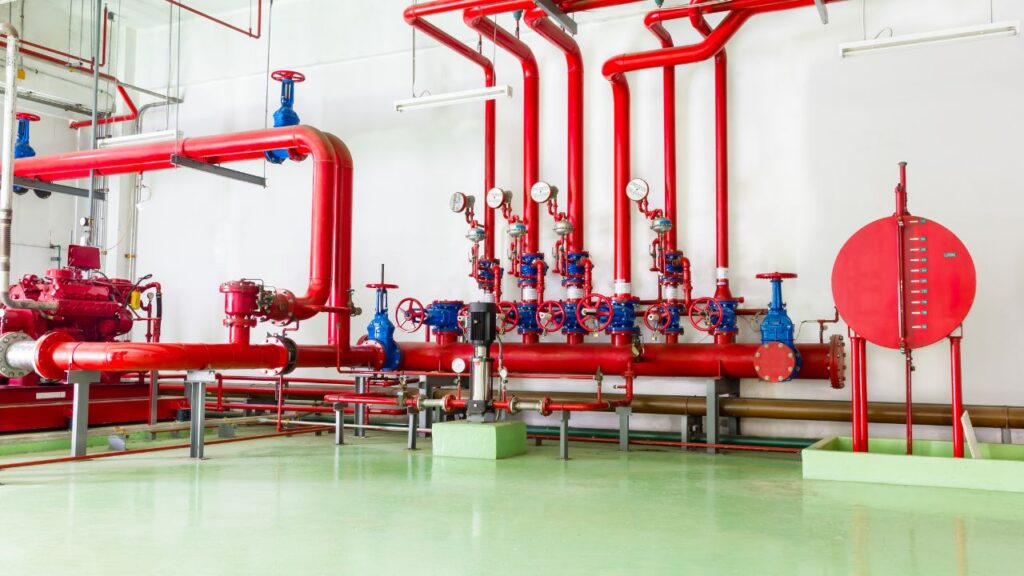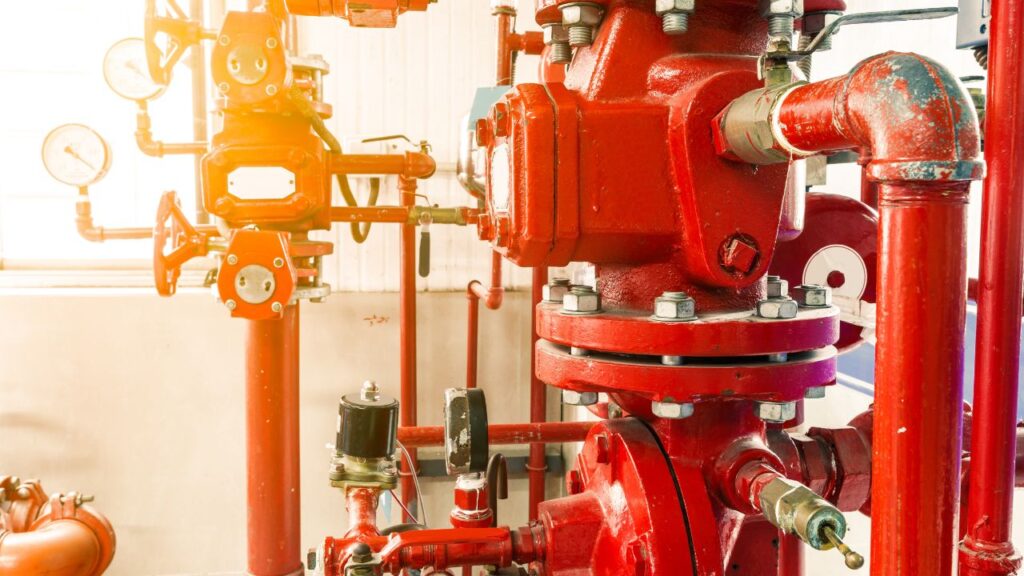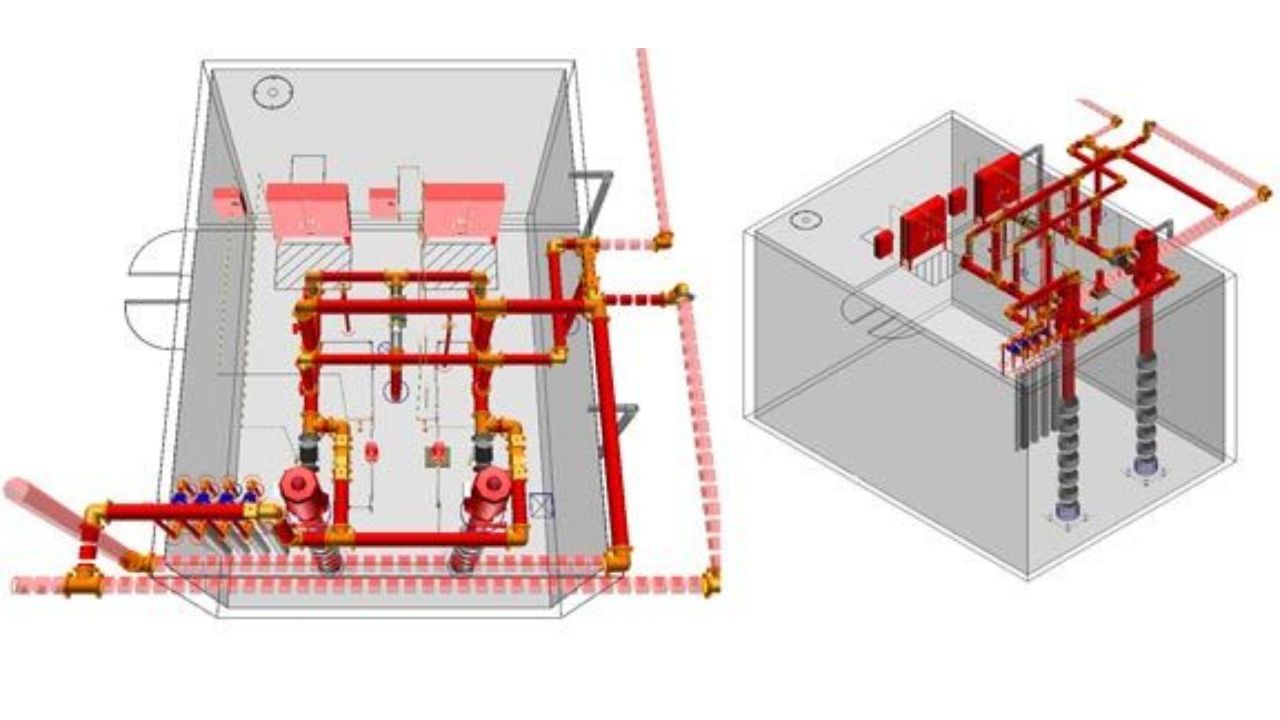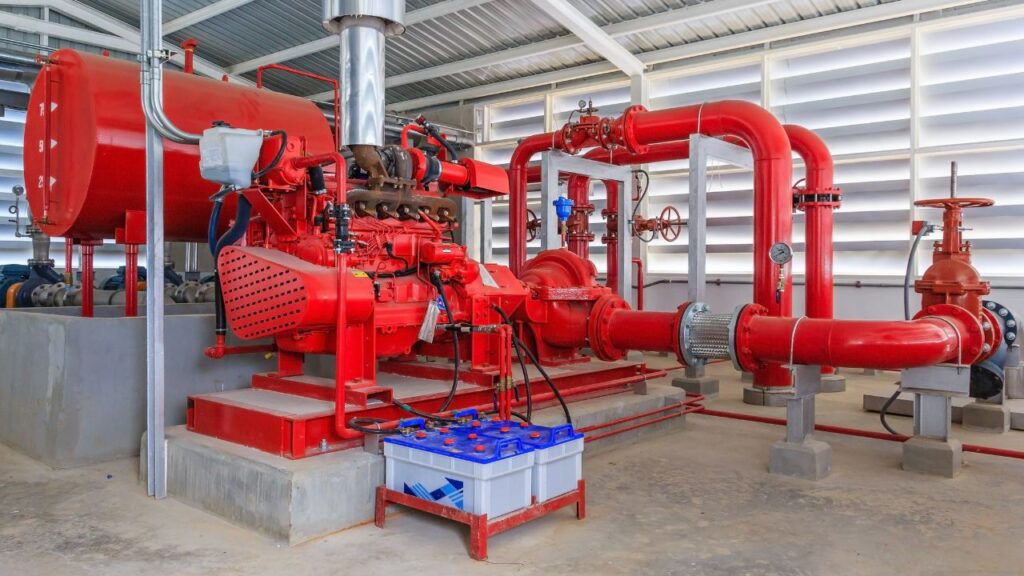Tap into Success – Zip Code Estimates for Fire Safety Excellence!
- Accurancy
- Efficiency
- Transparency
- Customization
- Time Saving
- Professionalism
- Cost Control

Fire hydrant systems are indispensable components of community safety, providing crucial support to firefighting efforts during emergencies. However, like any infrastructure, these systems may require repairs over time due to wear, environmental factors, or unforeseen damage. In this article, we explore the importance of timely repairs for fire hydrant systems, factors influencing repair costs, and effective strategies to manage and optimize these expenses.

Fire hydrant systems are lifelines in times of crises, ensuring a readily available water supply for firefighters to combat and control fires swiftly. Regular maintenance and prompt repairs are essential to guarantee the reliability and functionality of these systems, contributing to the overall safety and well-being of communities.

Fully Insured Licensed Hire a Contractor For Fire Safety
Get Contractor
Make Informed Design Decisions Showcase Your Design Ideas
Get RenderingAs fire hydrant systems stand sentinel over the years, they undergo the inevitable effects of age and wear. The relentless passage of time takes its toll on the intricate components of these systems, with seals, valves, and hydrant barrels bearing the brunt of continuous usage. Wear and tear become more than mere inevitabilities – they become catalysts for the degradation of essential parts. As these components gradually decline in efficacy, the clarion call for replacement or meticulous repair reverberates through the corridors of maintenance. A conscientious approach to addressing the impacts of age and wear ensures the sustained reliability of fire hydrant systems, preserving their pivotal role in safeguarding communities.
Fire hydrants, stoic in the face of adversity, are not immune to the relentless forces of nature. Exposure to harsh weather conditions, the erosive dance of soil erosion, and an array of environmental adversaries collectively conspire to undermine the structural integrity of hydrant components. The elements, in their capricious dance, can initiate a subtle yet insidious process of deterioration. Regular inspections emerge as the frontline defense, standing guard to identify nascent issues before they burgeon into extensive damage. In the delicate ballet between hydrant systems and the environment, proactive measures, informed by timely inspections, become the choreography that ensures sustained functionality, resilience, and longevity.
In the urban landscape, where hydrants silently await their crucial call to action, acts of vandalism or inadvertent accidents pose tangible threats to their structural integrity. The malicious touch of vandalism or the unintentional impact of an accident can compromise the very essence of fire hydrants. The need for prompt repairs becomes not just a technical requirement but a vital restorative act, breathing life back into these sentinels of emergency response. By swiftly addressing the aftermath of vandalism or accidental damage, communities fortify their emergency response capabilities, ensuring that fire hydrants stand ever-ready to fulfill their lifesaving role.

Beneath the surface, where the eye does not readily tread, fire hydrant systems engage in a subterranean struggle against corrosion and rust. Underground components, crucial to the proper operation of hydrants, can fall victim to the gradual encroachment of corrosive elements. The unseen battle unfolds silently but significantly, potentially impeding the swift response that is the hallmark of an effective fire hydrant system. Addressing the corrosive aftermath becomes imperative, whether through meticulous repairs or the strategic replacement of corroded parts. In the netherworld beneath our feet, the fight against corrosion and rust ensures the continued effectiveness and functionality of fire hydrants, making certain they are stalwart guardians when summoned to action.
The costs associated with fire hydrant system repairs can vary based on the nature and extent of the damage. Common elements influencing repair costs include:
When delving into the realm of fire hydrant repairs, the intricate tapestry of costs unfolds, with replacement parts occupying a pivotal position. Components like valves, seals, and hydrant barrels, the unsung heroes of emergency response, can succumb to wear and tear over time. The expense associated with procuring these replacement parts constitutes a significant chunk of the overall repair costs. While opting for high-quality, durable components may demand a more substantial upfront investment, it becomes a strategic move to mitigate the likelihood of frequent repairs. In this nuanced dance between immediate costs and long-term benefits, the judicious selection of replacement parts emerges as a linchpin, ensuring not just restoration but the enduring functionality and reliability of fire hydrants.

Repairing a fire hydrant is more than a technical task; it’s a symphony requiring the craftsmanship of skilled labor and the orchestration of specialized equipment. The efficiency of repairs is contingent upon the prowess of those wielding the tools and the appropriateness of the machinery employed. Costs associated with skilled labor and specialized equipment form integral components of the financial landscape of hydrant rehabilitation. The intricacies of each repair, coupled with the accessibility challenges posed by the hydrant’s location, can variably influence labor costs. In this symphony of restoration, the skilled hands and specialized instruments conducting repairs form the backbone of a process that breathes renewed life into these indispensable emergency sentinels.
Peeling back the layers of malfunctioning fire hydrant systems requires a journey through diagnostic procedures and inspections. While these steps may introduce additional costs, they are indispensable in the pursuit of accurate assessments. Diagnostic processes serve as the compass, guiding repair efforts toward the root cause of an issue. Inspections, akin to scrutinizing the pages of a hydrant’s health record, provide a comprehensive understanding of the extent of the damage. In the financial narrative of hydrant repairs, diagnostic and inspection costs are the upfront investments paving the way for precise and effective restoration. These seemingly additional expenses become strategic pillars upon which the success of repairs rests, ensuring that fire hydrants emerge not just patched but fortified for enduring resilience.
The heartbeat of a robust fire hydrant system lies in the rhythm of regular inspections and maintenance. Implementing a structured schedule for these activities is akin to providing a health regimen for these emergency stalwarts. Through routine inspections, potential issues are unearthed in their infancy, presenting an invaluable opportunity for preemptive intervention. This proactive approach dramatically diminishes the likelihood of minor glitches snowballing into extensive and costly repairs.

The financial prudence of investing in a regular inspection and maintenance framework manifests not only in cost savings but, more importantly, in the uninterrupted readiness of fire hydrants to serve as frontline guardians in times of crisis.
Municipalities and communities can adopt several strategies to manage fire hydrant system repair costs effectively:
In the intricate choreography of fire hydrant repair economics, the significance of investing in quality components cannot be overstated. This strategic move involves a foresighted consideration during initial installation or replacement endeavors. Opting for high-quality, durable components is akin to endowing the fire hydrant system with a shield against premature wear and tear. While the upfront cost of such components might be relatively higher, the investment pays dividends in the form of system longevity and a reduction in the frequency of repairs. This financial calculus positions the choice of quality components as a cornerstone in the quest for a resilient and enduring fire hydrant infrastructure.
A fire hydrant system’s vigilance extends beyond the realm of its mechanical components to the community it serves. Establishing a robust network of awareness and reporting mechanisms transforms community members into active guardians of hydrant health. Encouraging residents to promptly report any signs of damage or malfunction creates a dynamic feedback loop. This loop enhances the responsiveness of repair teams, ensuring that issues are swiftly addressed. The financial efficacy of such a community-driven approach lies not just in the timely resolution of problems but in fostering a shared responsibility for the integrity and functionality of the fire hydrant system.
In the strategic theater of fire hydrant repairs, a risk assessment takes center stage. Identifying critical areas where prompt repairs are paramount allows for the efficient allocation of resources. This prioritization is not just a financial maneuver but a calculated strategy to maximize the impact on community safety. By directing attention and resources to areas with heightened risk factors, municipalities ensure that their investments in repairs yield optimal results. This targeted approach is a testament to the intersection of financial prudence and strategic risk management, ensuring that fire hydrants stand as unwavering sentinels where they are needed the most.
Within the realm of fire hydrant system repairs, costs can vary based on the nature and extent of the issues encountered. Understanding the financial landscape of these repairs is essential for effective budgeting and resource allocation. Here’s a breakdown of the potential costs:
Addressing simple concerns like a minor leak or a loose component falls within the more affordable spectrum, typically ranging from $100 to $500. These are quick fixes that, if addressed promptly, can prevent small issues from escalating into more significant and costly problems.
When faced with challenges such as a cracked valve or a damaged stem, the repair costs are moderate, falling in the range of $500 to $2,000. While these repairs may involve more labor and specialized attention, they are crucial for sustaining the overall functionality of the fire hydrant system.
In cases where the hydrant requires a complete replacement, the costs escalate significantly. Major repairs, including hydrant replacement, can range from $2,000 to $5,000 or more. The variability in costs is influenced by factors such as the type of hydrant, the extent of the damage, and the complexity of the installation process. Investing in major repairs is a strategic decision, often dictated by the overall condition and effectiveness of the existing fire hydrant infrastructure.
Fire hydrant systems, like any infrastructure, may need repairs due to various factors such as age, wear, environmental conditions, vandalism, accidental damage, and corrosion. These factors can impact the components of the system, necessitating timely repairs to maintain functionality.
Over time, components like seals, valves, and hydrant barrels in fire hydrant systems can experience wear and tear. The aging process can lead to degradation, making replacement or meticulous repair essential to ensure sustained reliability and functionality.
Environmental factors, including harsh weather conditions and soil erosion, can contribute to the deterioration of hydrant components. Regular inspections are crucial to identify issues early, preventing extensive damage and ensuring the longevity of the system.
Communities can adopt cost-effective strategies such as investing in quality components, promoting community awareness and reporting, prioritizing critical areas for repairs, and implementing regular inspections and maintenance. These measures help manage repair costs and enhance the overall effectiveness of fire hydrant systems.
The cost of fire hydrant system repairs varies based on the nature and extent of the issues. Minor repairs, such as fixing a leak, may range from $100 to $500. Moderate repairs, addressing issues like a cracked valve, can cost between $500 and $2,000. Major repairs, including hydrant replacement, may range from $2,000 to $5,000 or more, depending on factors like the type of hydrant and the extent of damage.
Here I am going to share some steps to get your fire hydrant system repair cost estimate report.
You can send us your plan on info@estimatorflorida.com
Before starting your project, we send you a quote for your service. That quote will have detailed information about your project. Here you will get information about the size, difficulty, complexity and bid date when determining pricing.
Our team will takeoff and estimate your project. When we deliver you’ll receive a PDF and an Excel file of your estimate. We can also offer construction lead generation services for the jobs you’d like to pursue further.



561-530-2845
info@estimatorflorida.com
Address
5245 Wiles Rd Apt 3-102 St. Pete Beach, FL 33073 United States
561-530-2845
info@estimatorflorida.com
Address
5245 Wiles Rd Apt 3-102 St. Pete Beach, FL 33073 United States
All copyright © Reserved | Designed By V Marketing Media | Disclaimer